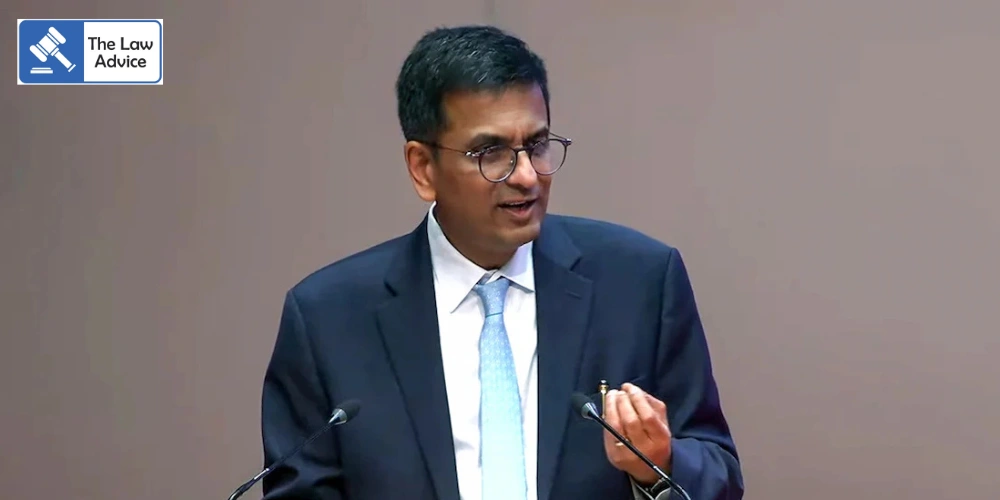Former Chief Justice of India (CJI) DY Chandrachud recently generated debate over his comments regarding the Ayodhya dispute, specifically on the Babri Masjid. In an interview with journalist Sreenivasan Jain of Newslaundry, Chandrachud stated that the construction of the Babri Masjid itself constituted a fundamental act of desecration. These remarks, excerpts of which circulated widely on social media, have drawn attention due to their apparent tension with the Supreme Court’s 2019 Ayodhya judgment.
During the interview, Chandrachud responded to a question about the responsibility of Hindu parties for acts such as placing idols inside the mosque in December 1949. He stated that the erection of the mosque itself must be considered the primary act of desecration. The former CJI asserted that the judgment had recognized archaeological evidence of a pre-existing structure beneath the mosque, which influenced the historical understanding of the site.
Chandrachud emphasized that commentators who criticize the judgment often adopt a selective reading of history, ignoring earlier events and focusing only on later comparative evidence. He suggested that this approach fails to account for the broader historical context that the archaeological evidence provides.
When challenged by Jain that the Supreme Court had explicitly held there was no evidence proving the Babri Masjid was constructed by demolishing a Hindu temple, Chandrachud maintained that the archaeological report itself contained evidence of a pre-existing structure. He stressed that the evidentiary value of such reports, while debatable, remains relevant to historical context.
Chandrachud also rejected the notion that the judgment was faith-based rather than evidence-based, asserting that criticisms alleging reliance on faith stemmed from individuals who had not read the judgment thoroughly. He maintained that the Court applied conventional legal principles to determine issues like adverse possession.
Supreme Court’s Actual 2019 Ayodhya Judgment
Contrary to Chandrachud’s remarks, the 2019 Supreme Court judgment did not hold that the Babri Masjid was constructed by demolishing a temple. The judgment referred to the Archaeological Survey of India (ASI) report, which noted remnants of a 12th-century structure of Hindu origin beneath the mosque.
However, the Court highlighted several critical caveats:
1. The ASI report did not explain why the pre-existing structure was destroyed, nor whether it was intentionally demolished to construct the mosque.
2. There is a four-century gap between the dating of the underlying structure and the construction of the mosque, during which no evidence exists regarding events at the site.
3. The report did not conclude that remnants of the earlier structure were used in building the mosque, except that the mosque was erected on the same foundation.
4. The pillars used in constructing the mosque were black Kasauti stone, and there was no evidence linking them to the earlier structure.
The Court clarified that legal title could not be based solely on archaeological findings. Rather, the settled principles of civil law and evidentiary standards applicable to civil trials must govern decisions about ownership. The judgment emphasized that the absence of evidence regarding the cause of destruction or deliberate demolition during the intervening centuries meant that historical claims alone could not determine property rights.
Key Takeaways
• Chandrachud’s personal remarks suggesting the mosque’s construction was an act of desecration do not reflect the Supreme Court’s official findings.
• The 2019 judgment relied on archaeological evidence for historical context but explicitly refrained from concluding demolition or desecration by any party.
• Legal determination of ownership and rights was based on evidence and conventional legal standards, not historical or faith-based arguments.
• The case underscores the importance of distinguishing personal commentary from judicial pronouncements.
